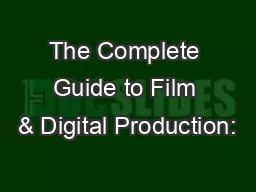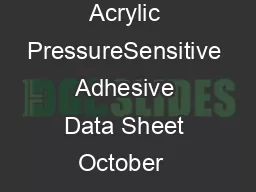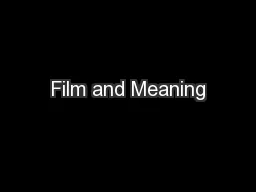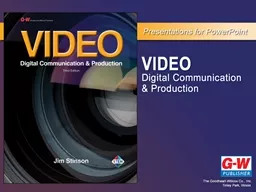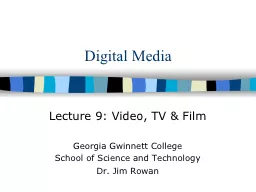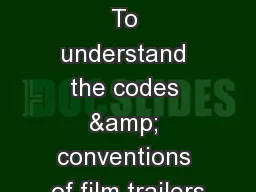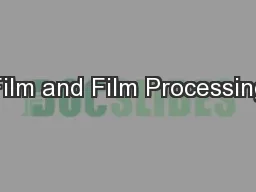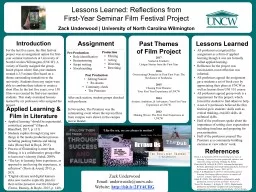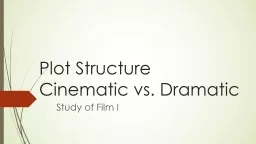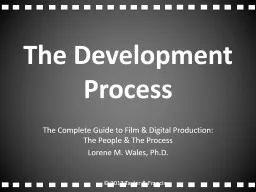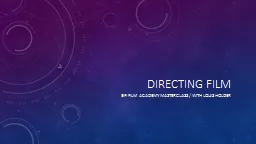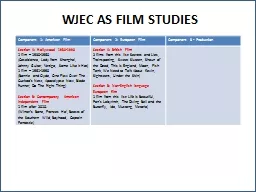PPT-The Complete Guide to Film & Digital Production:
Author : khadtale | Published Date : 2020-06-19
The Process amp The People Lorene M Wales PhD LEGAL ISSUES 2017 Taylor amp Francis Types of Intellectual Property Patents Trademarks Copyrights Unfair Competition
Presentation Embed Code
Download Presentation
Download Presentation The PPT/PDF document "The Complete Guide to Film & Digital..." is the property of its rightful owner. Permission is granted to download and print the materials on this website for personal, non-commercial use only, and to display it on your personal computer provided you do not modify the materials and that you retain all copyright notices contained in the materials. By downloading content from our website, you accept the terms of this agreement.
The Complete Guide to Film & Digital Production:: Transcript
Download Rules Of Document
"The Complete Guide to Film & Digital Production:"The content belongs to its owner. You may download and print it for personal use, without modification, and keep all copyright notices. By downloading, you agree to these terms.
Related Documents

